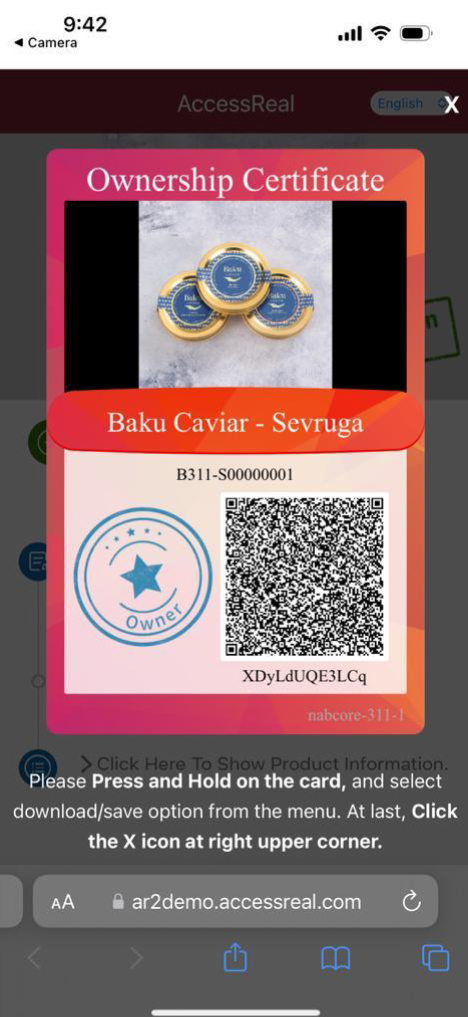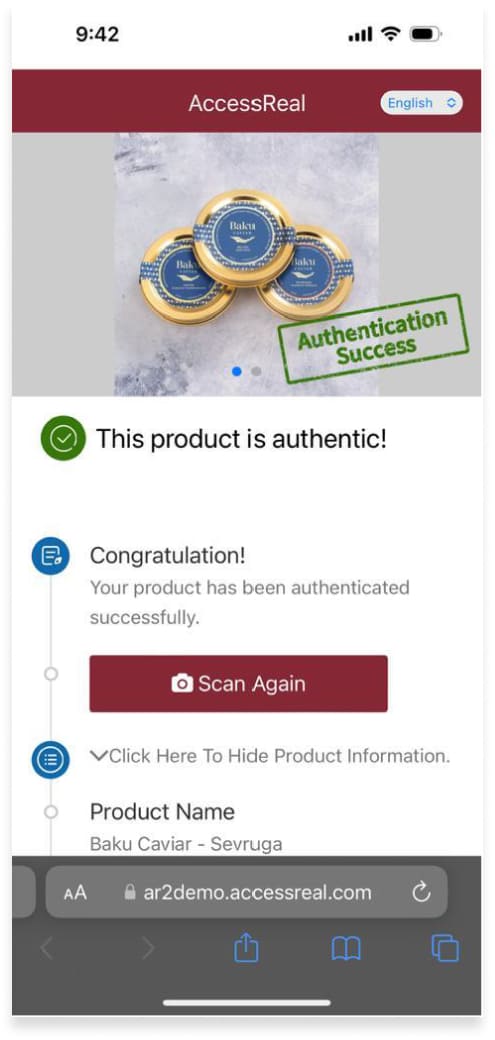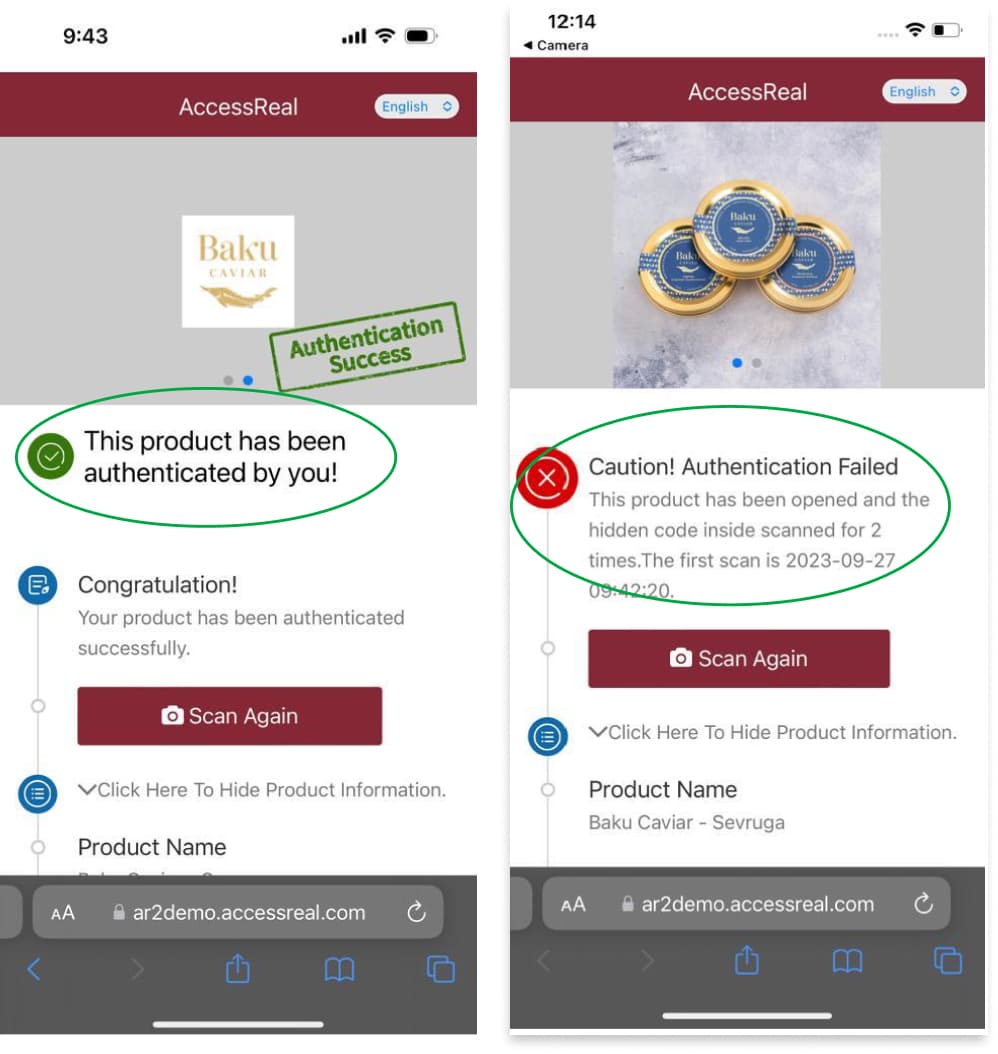With the popularity of caviar, the market has seen an increase in counterfeit products. To distinguish fake caviar from the real thing, start by examining the texture and appearance. Authentic caviar should have uniform, glossy eggs that are firm to the touch. The taste is another giveaway; genuine caviar has a delicate, briny flavor, while fake versions may taste overly fishy or metallic. Pay attention to the price; if it seems too good to be true, it probably is. Lastly, check the packaging for reputable brands and certifications that guarantee the authenticity of the product.
Azerbaijan Fish Farm includes single-use QR codes on each package. Scanning this QR code will direct you to a web portal that verifies the product's authenticity. AFF ensures that all its products are genuine.
Another tip is to look for the origin of the caviar. Authentic caviar often comes from recognized sturgeon species, such as Beluga, Osetra, or Sevruga, and is typically harvested in regions known for high-quality caviar production, like the Caspian Sea. Checking the label for specific details about the species and origin can help verify the product’s authenticity. Additionally, authentic caviar will usually have a more complex and nuanced flavor profile, with a pleasing texture that bursts delicately in the mouth, whereas fake caviar might have a more uniform taste and texture.


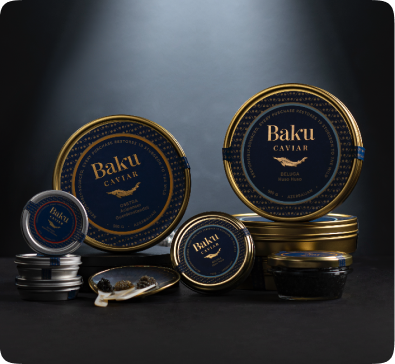
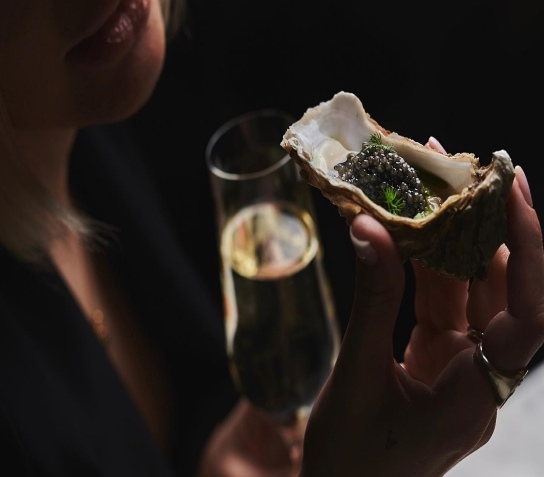
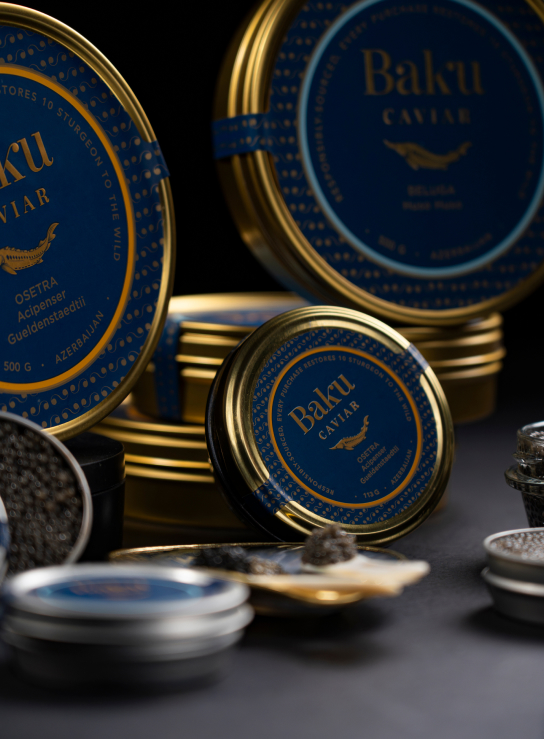
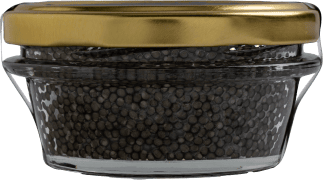



 Scan Hidden QR code
Scan Hidden QR code
